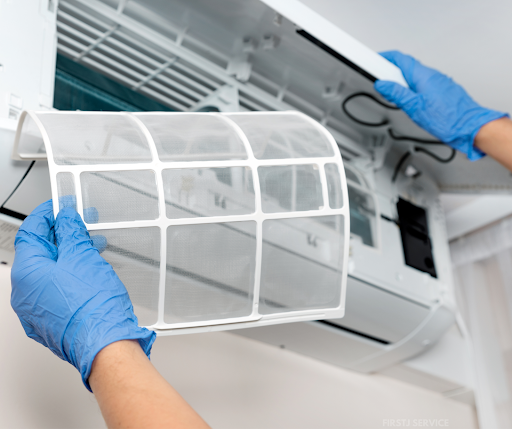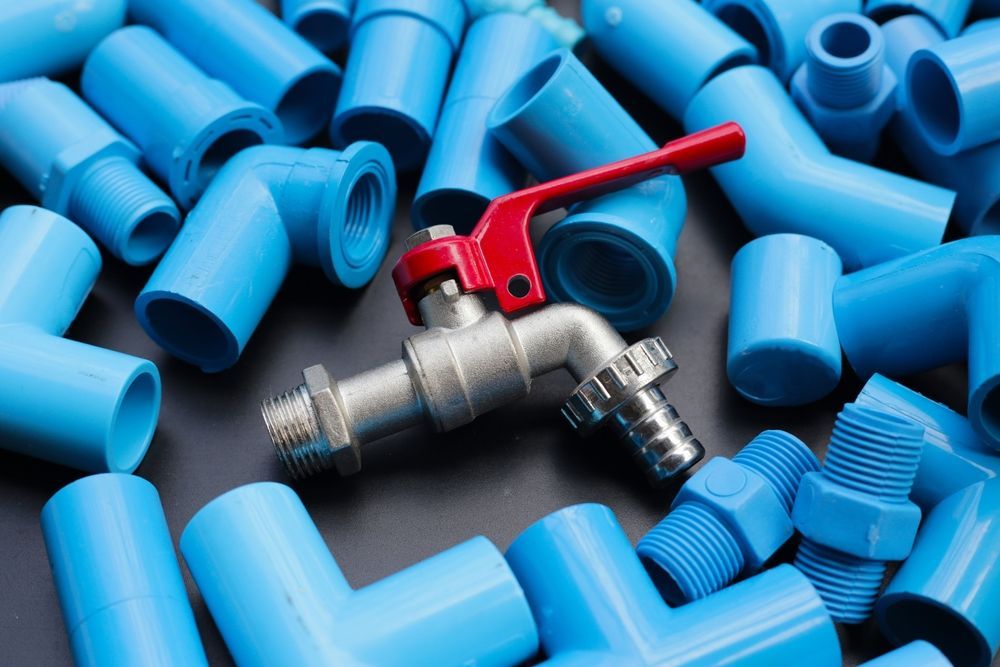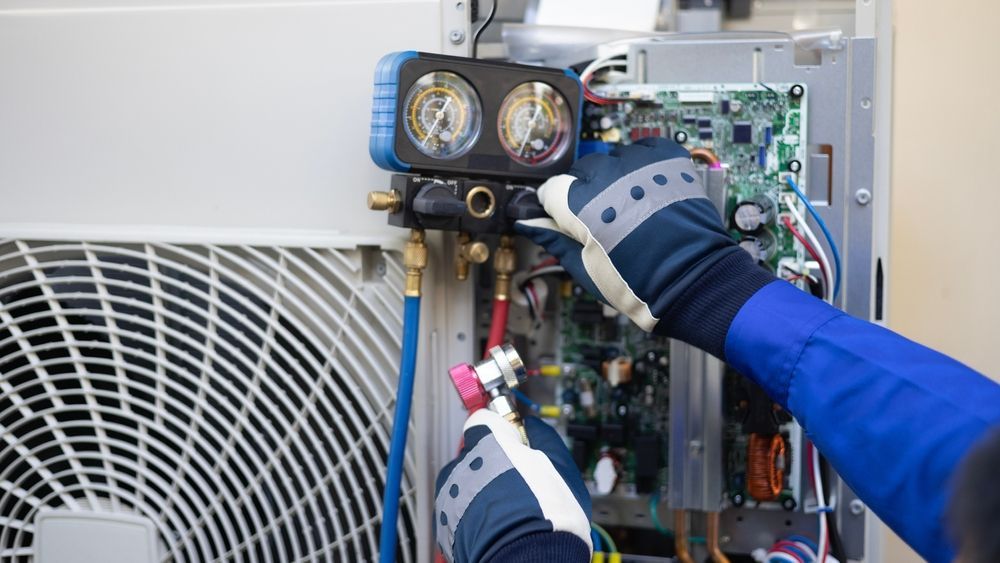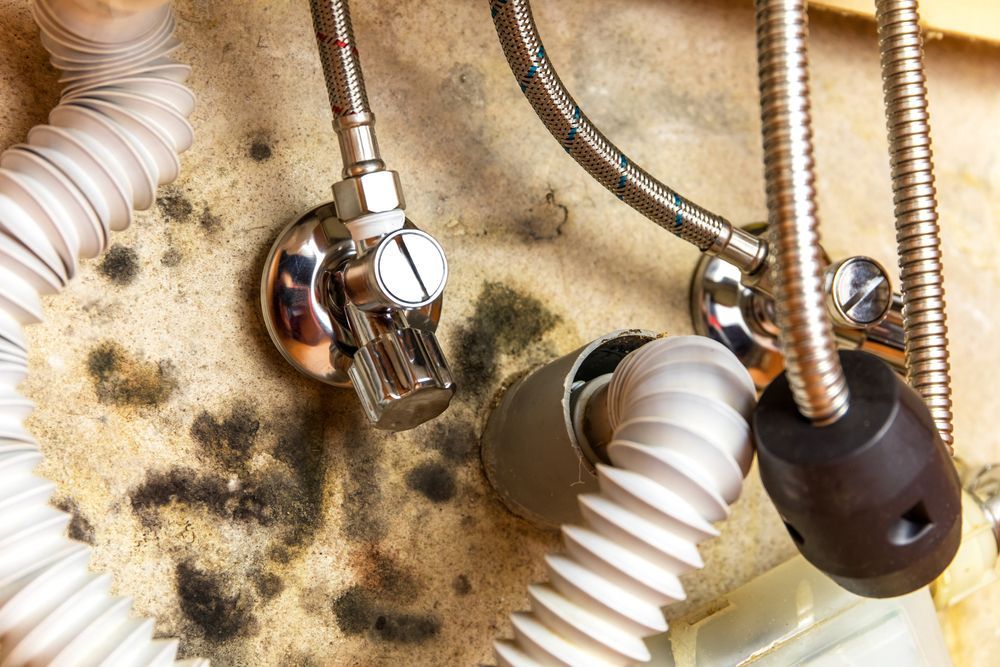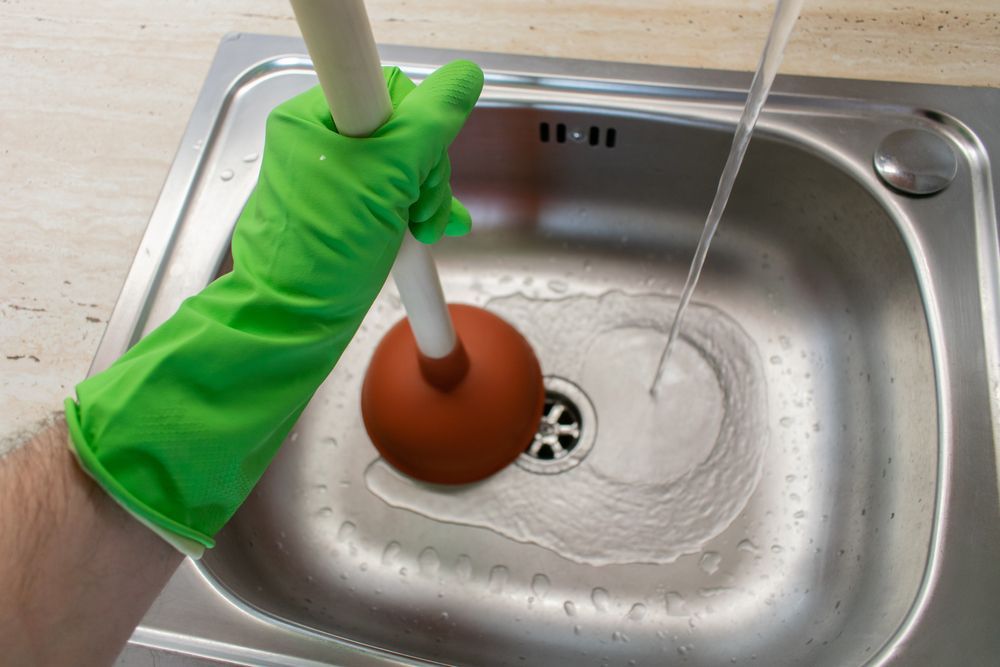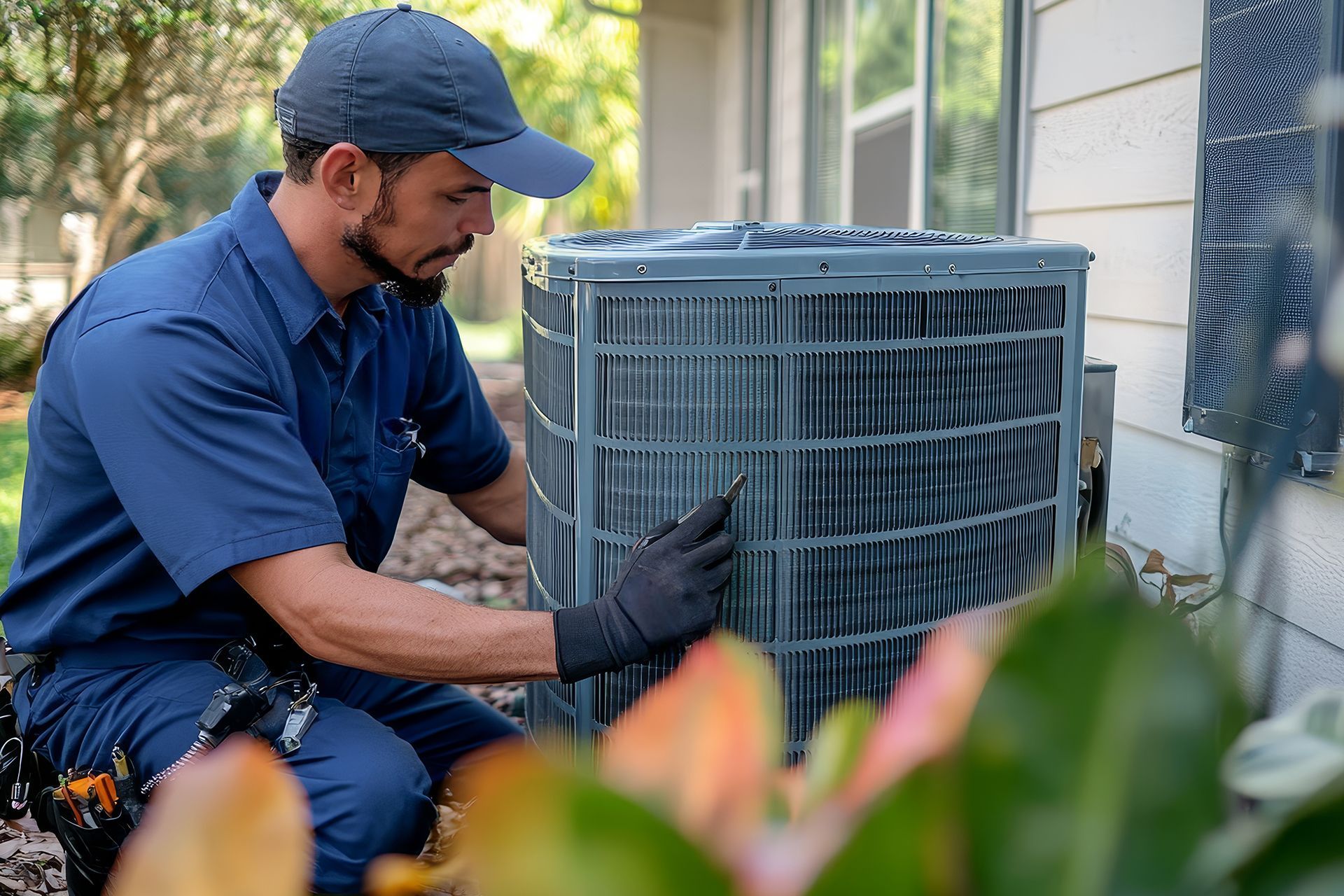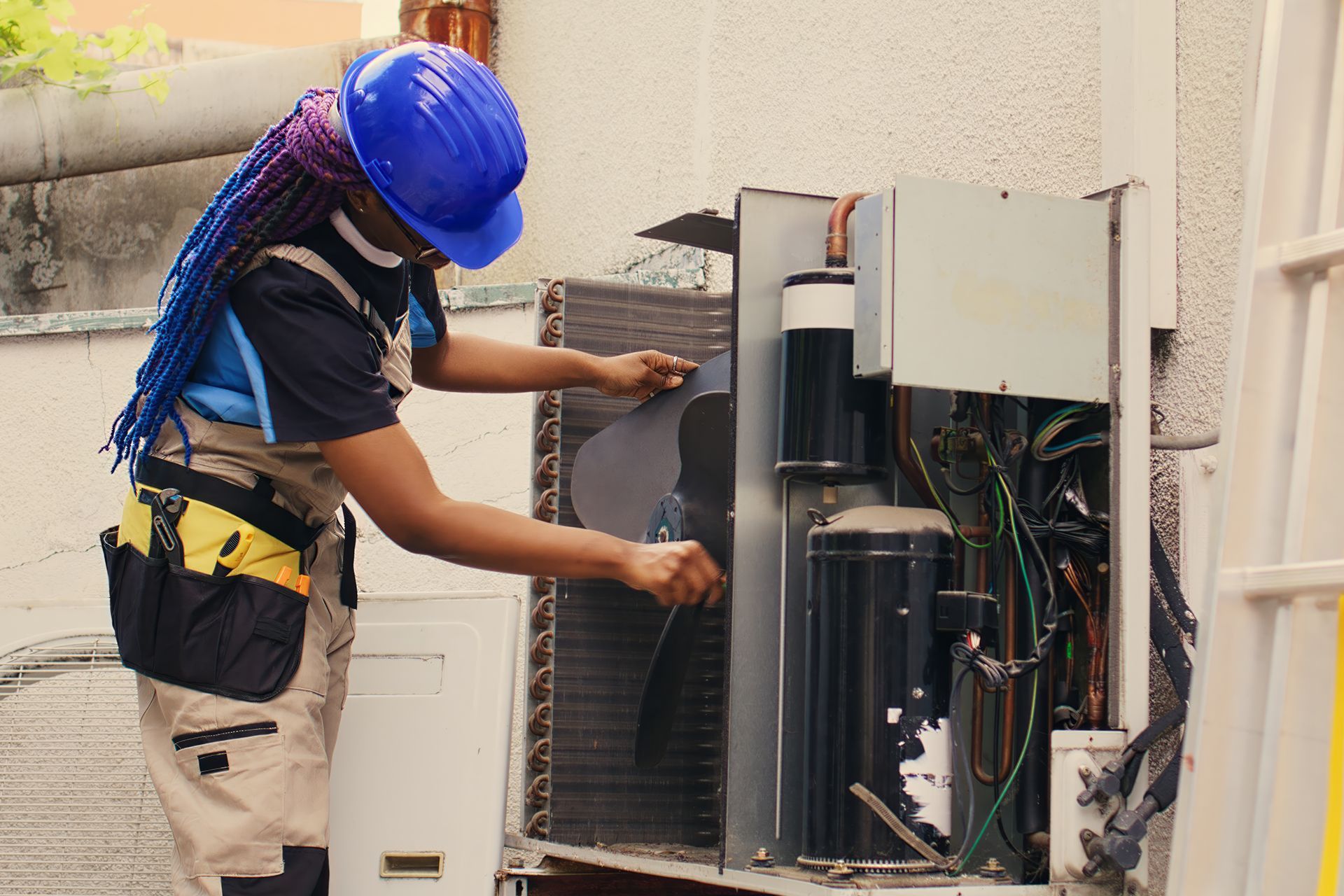Understanding Re-piping Your Home: What Midland, TX Homeowners Need to Know
In today's era of aging infrastructure, safeguarding your home's plumbing system is paramount. Over time, pipes can deteriorate, leading to frequent leaks, discolored water, and inefficient water flow. When such issues persist, it might be time to consider re-piping – a comprehensive solution that replaces your entire plumbing network with new, durable pipes. As a renowned residential plumbing expert serving Midland, TX, and its surrounding areas, First Service is well-equipped to guide you through this process, ensuring a seamless transition to a more efficient and reliable plumbing system.
What Does Re-piping a House Involve?
As the name suggests, re-piping is the process of replacing all the existing water supply lines in your home with brand-new pipes. This extensive undertaking is often necessary when your home's plumbing system has reached the end of its lifespan or is experiencing significant issues that cannot be resolved through minor repairs.
Common Reasons for Re-piping
Several factors may necessitate a complete re-piping of your home, including:
- Aging Pipes: Most residential plumbing systems have a lifespan of 50 to 70 years. As pipes age, they become increasingly susceptible to corrosion, leaks, and other issues compromising water quality and pressure.
- Outdated Materials: Older homes may have been constructed with materials that are now considered outdated or even hazardous, such as lead or galvanized steel pipes. Re-piping allows you to upgrade to modern, safer materials.
- Recurring Leaks: Frequent leaks in various areas of your home can indicate a failing plumbing system, and re-piping may be the most cost-effective solution in the long run.
- Low Water Pressure: The buildup of mineral deposits or corrosion within pipes can restrict water flow, leading to low water pressure throughout your home.
- Discolored Water: If you notice rust-colored or cloudy water coming from your taps, it could indicate that your pipes are rusting inside.
The Re-piping Process
Once the decision to re-pipe has been made, the process typically involves the following steps:
- Inspection and Assessment: A professional plumber will thoroughly inspect your home's plumbing system to identify problem areas and determine the scope of work required.
- Material Selection: Based on your home's needs, budget, and local water conditions, your plumber will recommend the most suitable piping material, such as copper, PEX (cross-linked polyethylene), or CPVC (chlorinated polyvinyl chloride).
- Preparation: Before the re-piping work begins, your plumber will take necessary precautions to protect your home's interior, such as covering floors and furniture to prevent dust and debris from spreading.
- Pipe Replacement: The old pipes will be carefully removed, and new pipes will be installed throughout your home, following the existing pipe routes whenever possible.
- Testing and Inspection: Once the new pipes are in place, your plumber will conduct a series of tests to ensure proper water flow, pressure, and leak-free connections.
- Restoration: Finally, any areas that were disrupted during the re-piping process will be restored to their original condition, including patching drywall, repainting, and cleaning up any debris.
While re-piping may seem daunting, it is a comprehensive solution that can significantly improve the functionality and longevity of your home's plumbing system.
Signs You Might Need to Re-pipe
Recognizing the telltale signs that your home's plumbing system needs re-piping is crucial to addressing potential issues before they escalate. Here are some common indicators that might signal the need for re-piping:
Low Water Pressure
If you've noticed a gradual decrease in water pressure throughout your home, it could be a sign of buildup or corrosion within your pipes. This buildup can restrict water flow, leading to low pressure at your faucets, showerheads, and other fixtures.
Discolored Water
If the water coming from your taps appears rust-colored, cloudy, or metallic, it could indicate that your pipes are corroding from the inside. This discoloration and taste are often caused by rust or mineral deposits breaking off and entering your water supply.
Recurring Leaks and Plumbing Issues
Frequent leaks in various areas of your home or a pattern of recurring plumbing issues could be a sign that your pipes are nearing the end of their lifespan. While individual leaks can be repaired, persistent problems may indicate a larger issue with your plumbing system.
Strange Noises from Pipes
If you hear strange noises from your pipes, such as banging or whistling, it could indicate water pressure issues or loose pipe connections. These noises can indicate deeper problems within your plumbing system.
Age of Your Home
Consider re-piping if your home is over 50 years old and still has its original plumbing system. Older homes were often constructed with materials that needed to be updated or prone to deterioration, such as galvanized steel or lead pipes.
While some of these signs may seem minor, it's essential to have a professional plumber evaluate your home's plumbing system. A skilled technician can accurately diagnose the underlying issues and recommend the most appropriate action, whether re-piping or a more targeted repair.
Choosing the Right Materials for Re-piping
When re-piping your home, selecting the right materials ensures a long-lasting, efficient, safe plumbing system. Here are some of the most common materials used for re-piping, along with their advantages and disadvantages:
Copper Pipes
- Advantages: Copper pipes are durable, long-lasting, and resistant to corrosion and bacteria growth. They are also recyclable and can increase the value of your home.
- Disadvantages: Copper pipes are more expensive than other materials, and their installation can be more labor-intensive. Additionally, due to their high value, copper pipes are susceptible to theft.
PEX (Cross-linked Polyethylene) Pipes
- Advantages: PEX pipes are flexible, making them easier to install in tight spaces. They are also resistant to corrosion, scaling, and freezing temperatures. PEX pipes are relatively inexpensive and have a long lifespan.
- Disadvantages: PEX pipes can be damaged by rodents and UV light exposure. They may also be more prone to expansion and contraction with temperature changes.
CPVC (Chlorinated Polyvinyl Chloride) Pipes
- Advantages: CPVC pipes are affordable, easy to install, and resistant to corrosion and chemical degradation. They can withstand high temperatures and are suitable for indoor and outdoor applications.
- Disadvantages: CPVC pipes have a lower temperature limit than other materials and may be more susceptible to cracking or breaking if not installed properly.
When selecting the appropriate material for your re-piping project, consider factors such as your home's age, local water quality, budget, and specific plumbing needs. A professional plumber from First Service can help you weigh the pros and cons of each material and make an informed decision that best suits your home.
What to Expect During the Re-piping Process
Re-piping your home is a significant undertaking, and it's essential to understand what to expect during the process. Here's a general overview of what you can anticipate:
Preparation and Planning
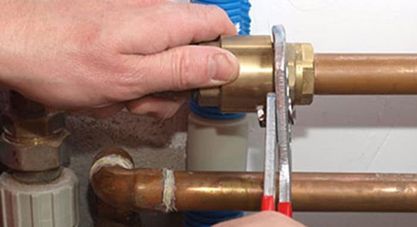
Before any work begins, your plumber from First Service will thoroughly inspect your home's plumbing system to assess the project's scope. They will also discuss material options, timelines, and necessary permits or inspections with you.
During this phase, you'll need to prepare your home for re-piping. This may involve clearing access to walls, floors, and other areas where pipes are located and protecting furniture and other belongings from dust and debris.
Pipe Removal and Installation
Once preparations are complete, the re-piping process will begin. Your plumber will carefully remove the existing pipes, following the established routes whenever possible. This process may involve cutting into walls, floors, or ceilings to access the pipes.
As the old pipes are removed, new pipes will be installed in their place. Depending on the size of your home and the project's complexity, this phase can take several days to complete.
Water Shutoff and Disruptions
During the re-piping process, you can expect some disruptions to your water supply. Your plumber will work to minimize these disruptions as much as possible, but there will be periods when your water must be shut off completely.
It's essential to plan accordingly and have alternative water sources available for drinking, cooking, and basic hygiene needs.
Testing and Restoration
Once the new pipes are installed, your plumber will conduct a series of tests to ensure proper water flow, pressure, and leak-free connections. This may involve pressurizing the system and checking for any leaks or issues.
Finally, any areas disrupted during the re-piping process will be restored to their original condition. This may include patching drywall, repainting, and cleaning up debris or dust.
Throughout the re-piping process, your plumber from First Service will keep you informed and address any concerns or questions you may have. They aim to minimize disruptions and ensure a smooth transition to your new, efficient plumbing system.
Why Choose First Service for Your Re-piping Needs
Choosing the right plumbing contractor is crucial when re-piping your home in Midland, TX, or the surrounding areas. First Service is a trusted name in the region, with decades of experience and a reputation for excellence in residential plumbing services.
Our team of experts is ready to assist you with prompt and reliable service.
Call us today to schedule an appointment with one of our certified technicians.
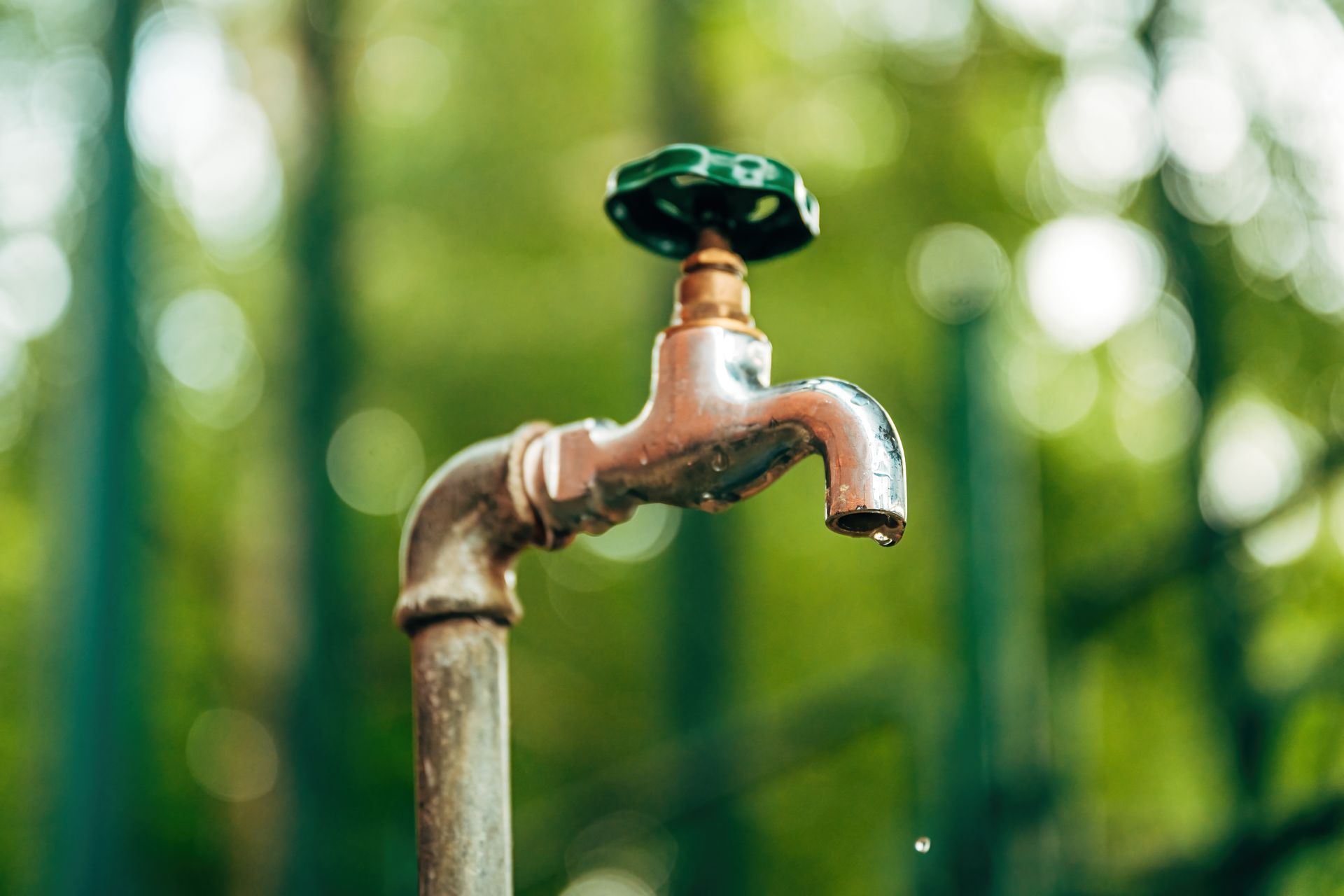

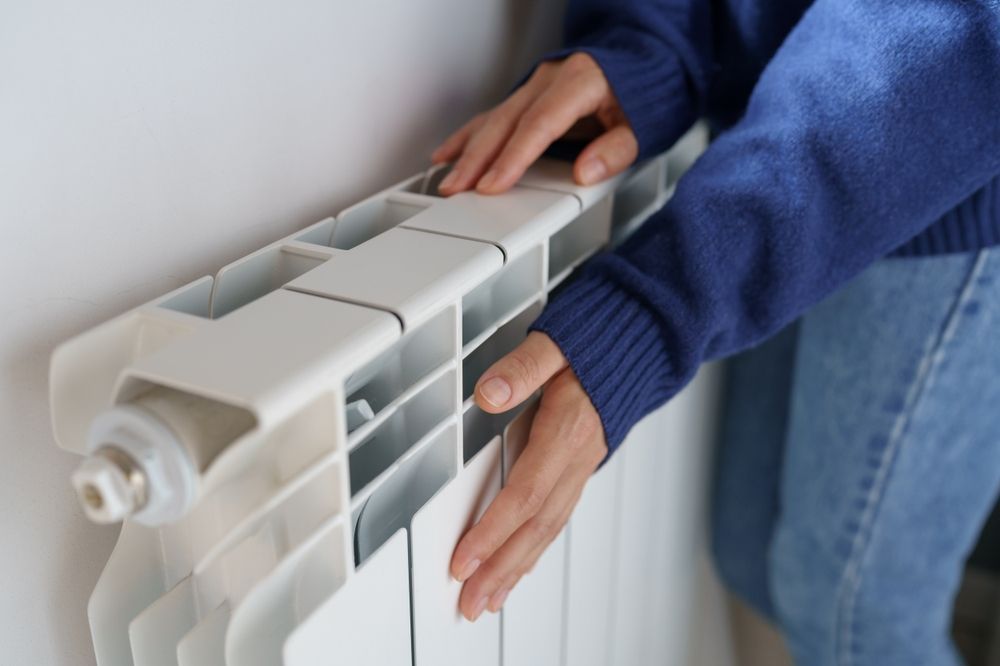
WHY CHOOSE US
Our staff is composed of a variety of specialists, including plumbers and HVAC technicians.
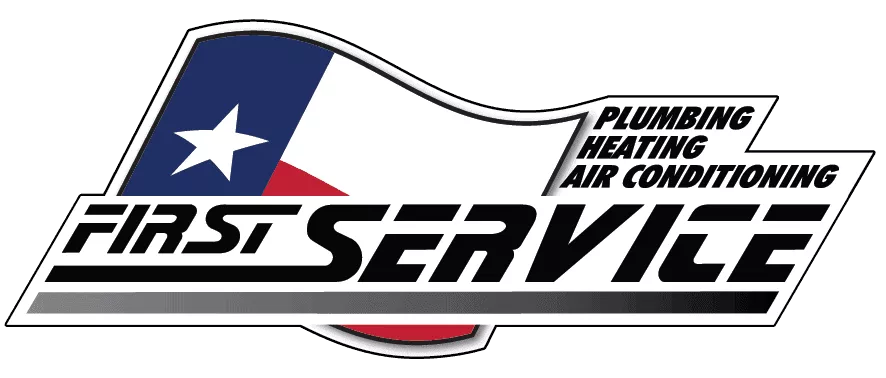
FIRST SERVICE
PLUMBING • HEATING • AIR CONDITIONING
3009 Garden City Hwy
Midland TX 79701
432-685-0003
FIRST SERVICE
PLUMBING • HEATING • AIR CONDITIONING
3009 Garden City Hwy
Midland TX 79701
All Rights Reserved | First Service Plumbing Heating & Air Conditioning | Powered By Aletheia Digital | Privacy
